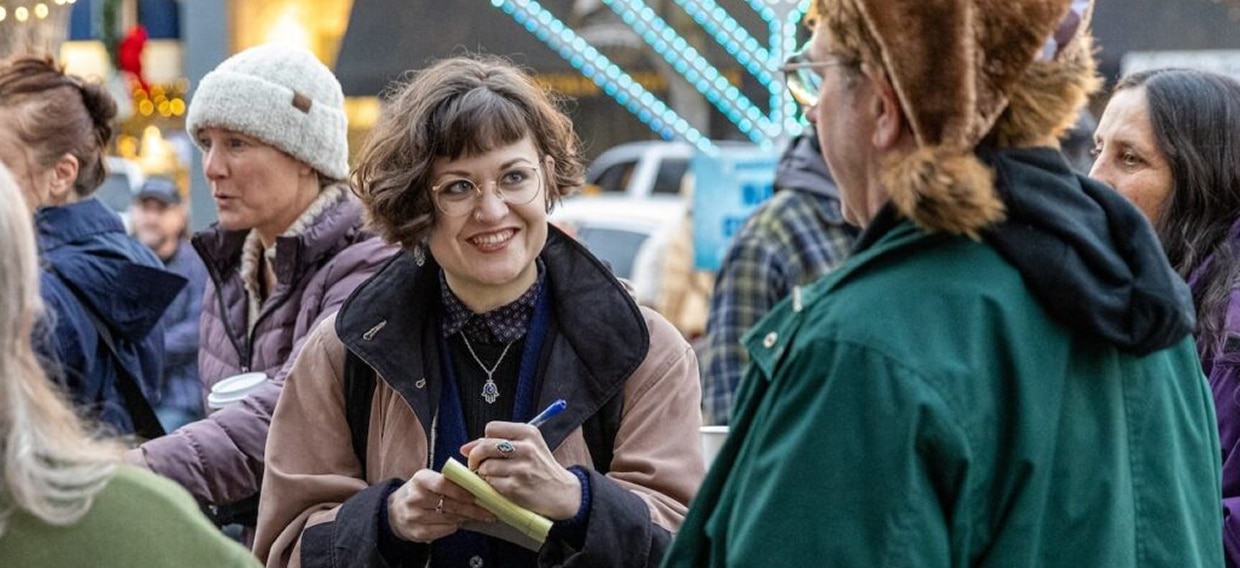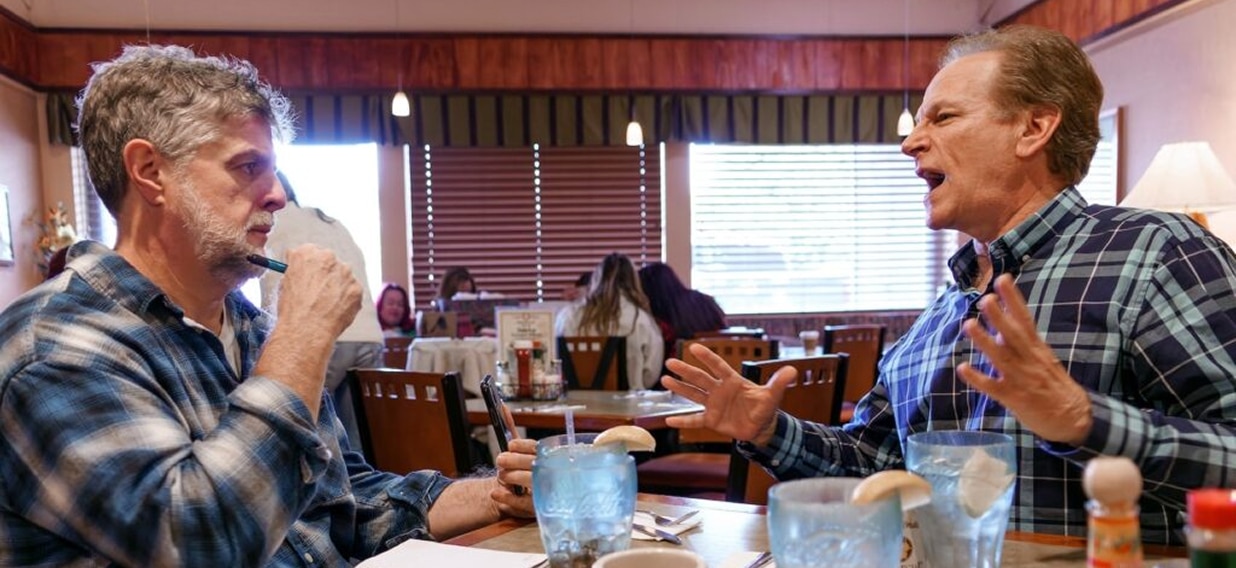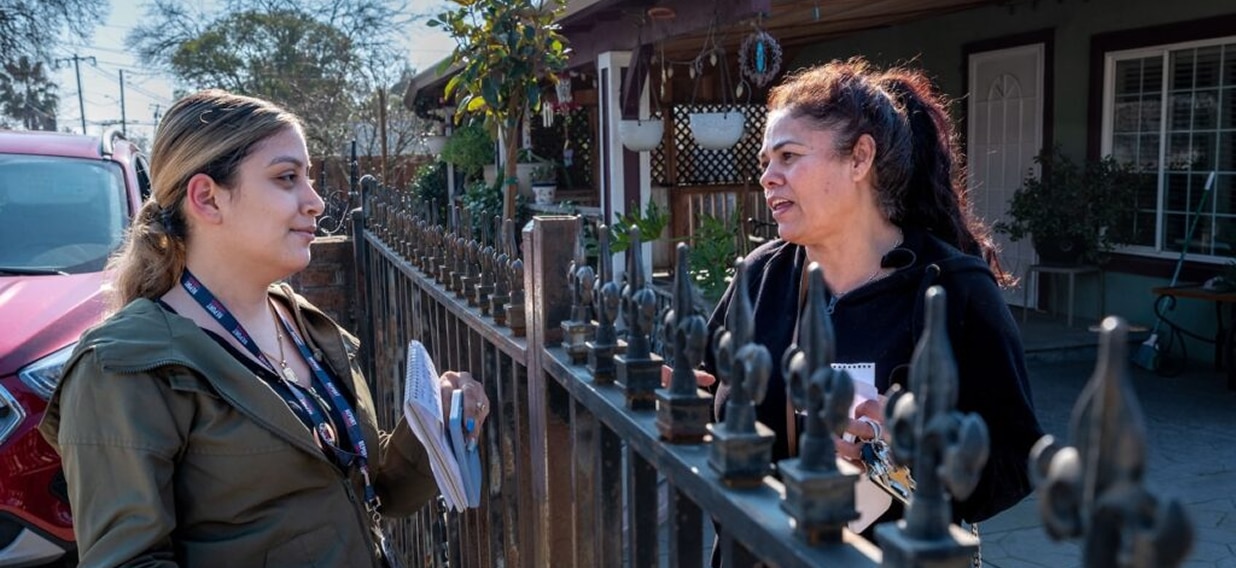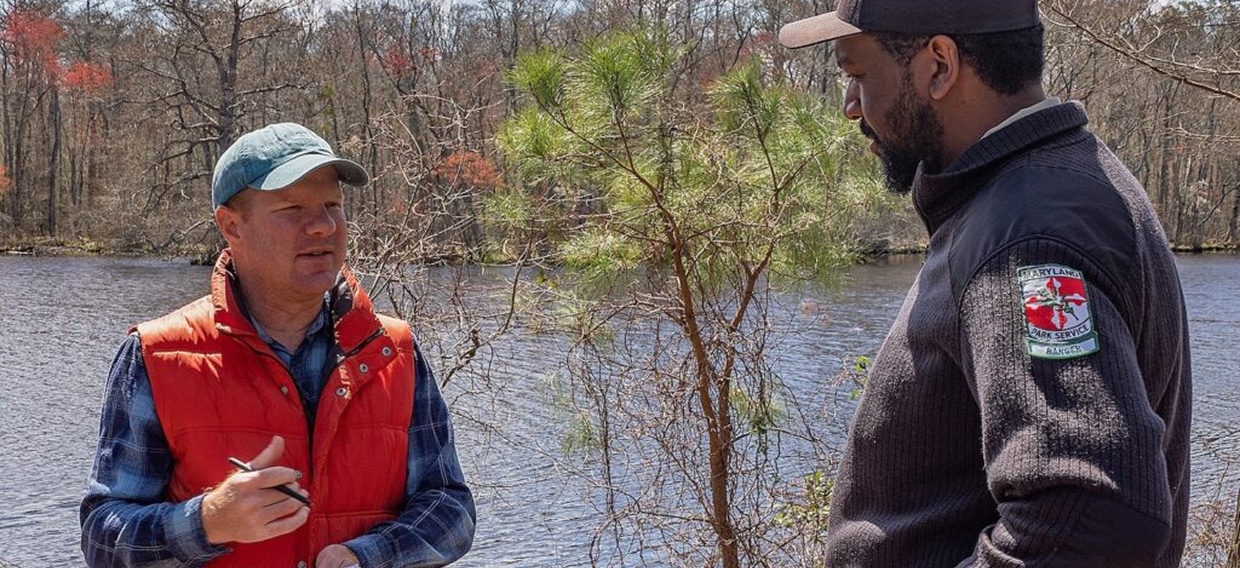To build stronger, more meaningful ties to their audiences and communities, some nonprofit news outlets are shifting away from traditional journalism norms.
They’re forming partnerships with community groups and training residents to cover government meetings. They’re hosting events to listen and engage with people for purposes other than news gathering. They’re finding ways to meet people where they are, producing explanatory guides about relevant topics such as immigrant rights and civic processes or developing mobile phone-based groups and services to quickly share critical information.
At INN Days 2025, news leaders shared tips and insights about audience engagement — discussions that underscored how varied audience engagement strategies can be.

Outlier Media is one example. The Detroit-based news outlet launched in 2016 with a text messaging service that provided people basic information about their homes in the city, their property tax bills, and whether they were at risk of delinquency and headed toward foreclosure. About a third of the city’s homeowners lost their property during a tax foreclosure crisis.
Outlier Media’s operations have grown since then, boosted by philanthropic funding that supported building out the newsroom. More recently, Outlier launched an outreach effort to people owed tax auction proceeds from the county government.
Outlier Media Executive Director Orlando Bailey talked about how community engagement drives the outlet’s work during the closing plenary of INN Days 2025.
Outlier Media’s approach “flips the traditional news model on its head,” Bailey said.
“We are not the experts. We’re not going to sit in our ivory tower and tell you what should be important to you, what you should be thinking about. We’re going to suspend our assumption and our expertise and listen to the community first and create our news output based around what we are hearing.”
Shifting away from ‘ivory tower’ newsrooms
Re-emphasizing and prioritizing the news audience builds on ideas of the public journalism, or civic journalism, movement of the 1990s and early 2000s. A key tenet is that journalists should not just report news, they should also encourage and facilitate public debate and participation in democratic processes.
The movement was also a response to corporate consolidation of news outlets, which sometimes stripped away or flattened a unique local focus, said Sam Cholke, manager of distribution and audience growth for the Institute for Nonprofit News.
“How do we rebuild these feedback loops between the news organization and the community that have been diminished or, at times, eliminated through the commercialization of the institution?” Cholke said.
Answers to that question are taking new forms, inspired by the modern tools and methods that are available to connect communities, Cholke said.
Shifts in news outlets’ relationship to audiences also reflect changes in journalists’ roles in providing information.
In a Q&A after the opening plenary on building trust and community, Sonal Shah, CEO of The Texas Tribune, noted the shift in the news media’s role. Thirty and even 15 years ago, the press was seen as an interpreter between politicians and the general public. Now, politicians have direct access to people, and journalists are no longer intermediaries but “interpreters that need to get access to people,” Shah said.
In that context, how do journalists and their news organizations build trust and community?
“Part of it has to be that we are partners to our audiences,” said Monika Bauerlein, CEO of the Center for Investigative Reporting, which produces Mother Jones and Reveal. “We’re not their best friends, because they have different interests than we do, but we are there to understand what they need and to help them find it.”
“It’s a really different paradigm from, ‘We are here in our slightly ivory tower-ish newsrooms deciding what’s important and how to translate politics,’” Bauerlein said during the first INN Days plenary. “This is why the nonprofit news model is so incredibly important, because baked into it is being partners with the community and being there for the community.”
Fostering authentic audience connections
To be partners with the community, journalists must know and understand the people they serve.
Biased coverage of Detroit’s bankruptcy and the aftermath exemplified for Bailey the type of reporting he did not want to do. He recalled how local and national narratives about the city blamed Black Detroiters for the city’s demise — a portrayal that conflicted with what he observed in local neighborhoods.
“I saw Detroiters being good neighbors,” Bailey said. “And so when I stepped into the journalism field, I knew that we could not operate like that. I knew that we could not be exploitative in that way. I knew that our journalism had to be rooted in relationship — non-extractive relationship, non-exploitative relationship.”

Bailey and other speakers emphasized the importance of listening to community members and engaging them without expecting anything in return.
News leaders also talked about reframing the way people, particularly those from marginalized communities, are approached for stories.
The growth of nonprofit news organizations reflects efforts to fill gaps in news coverage that emerge as other traditional news outlets shutter or shrink. The organizations also have flexibility in how they identify news coverage gaps and strategies to fill them.
The outlets can do that work “free from the pressures of a large corporate chain,” Cholke said.
As those news outlets expand and scale up, they “carry new ideas into the culture of journalism and also carry that concept of adaptation, experimentation, and building toward a new type of resiliency with them into the future as well,” Cholke said.
More than half of INN members are local nonprofit news outlets. The focus on and grounding in communities also helps foster authentic connections.
There are many opportunities to reach people who don’t frequently consume news and who aren’t deeply committed to a particular political ideology, Bauerlein said. “We came of age in newsrooms where looking at what the audience actually wants was seen as, ‘Oh, this is part of commercializing the sacred temple of news. And, you know, you’re just gonna make more food and fashion pages,” Bauerlein said.
But experimentation and innovation around audience engagement does not have to clash or conflict with traditional news values.
Over many sessions at INN Days, speakers said that audiences want to know what’s happening in their communities and how governments work.
“We’re finding now that audiences do want civic information, but you have to be talking to them,” Bauerlein said. “You can’t be deciding what it is that they need to hear.”






